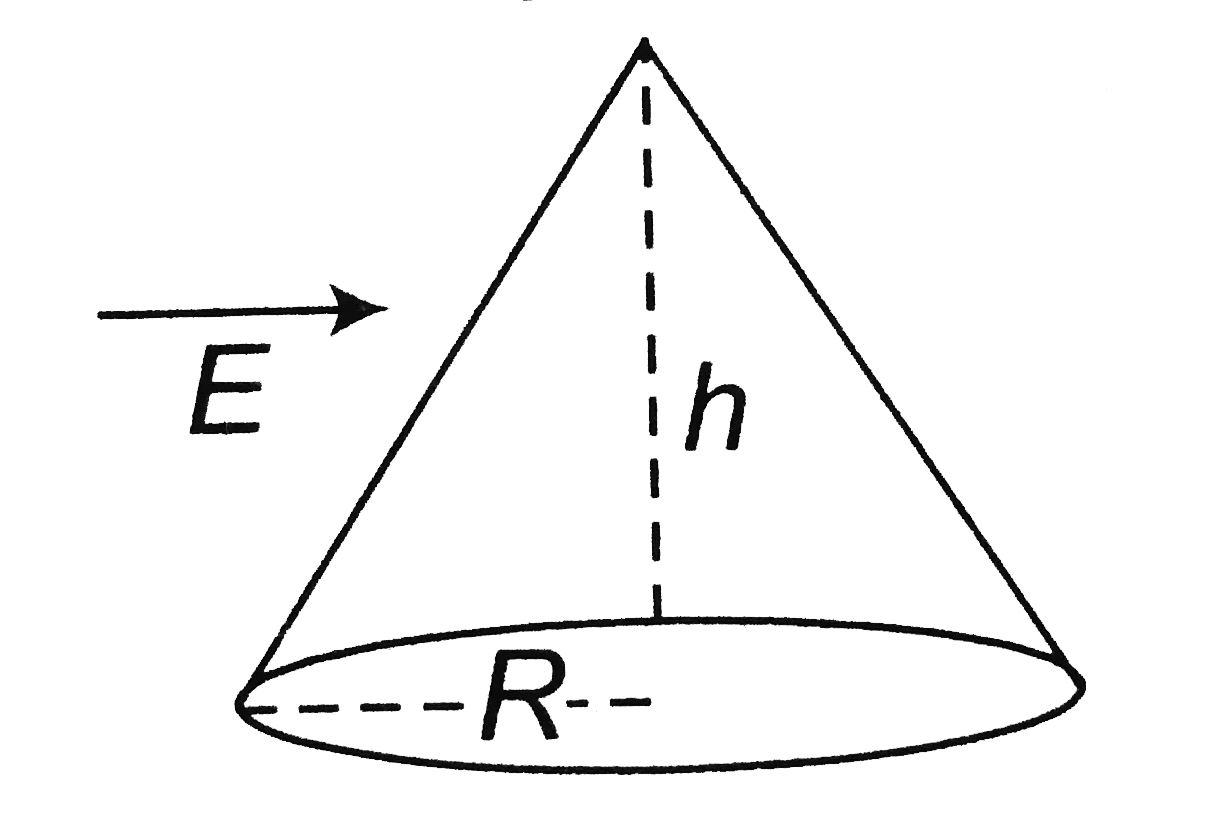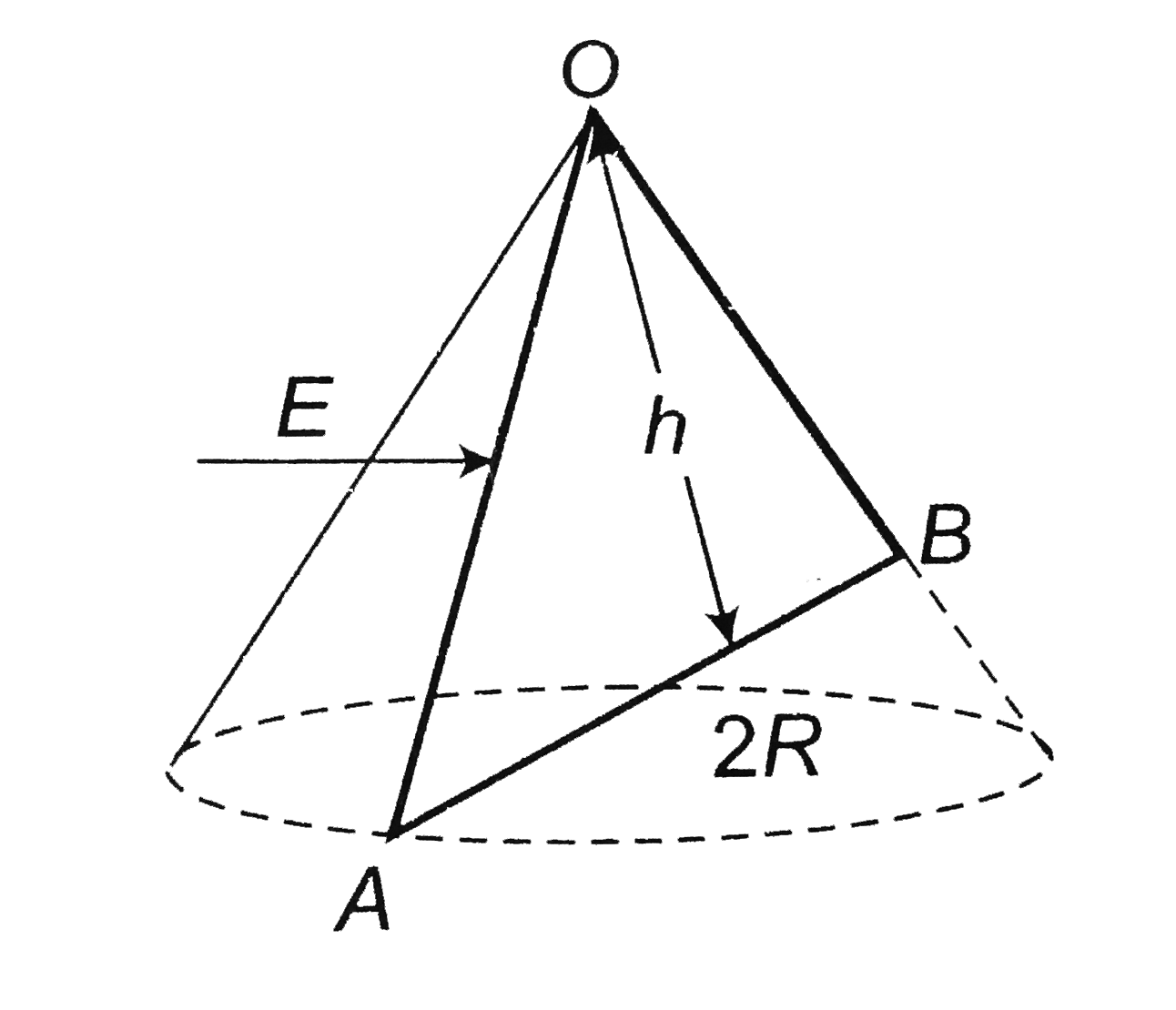A
B
C
D
Text Solution
Verified by Experts
The correct Answer is:
Topper's Solved these Questions
ELECTRIC CHARGE, FIELD & FLUX
A2Z|Exercise Electric Dipole|29 VideosELECTRIC CHARGE, FIELD & FLUX
A2Z|Exercise Problems Based On Mixed Concepts|40 VideosELECTRIC CHARGE, FIELD & FLUX
A2Z|Exercise Electric Field And Motion|37 VideosDUAL NATURE OF RADIATION AND MATTER
A2Z|Exercise Section D - Chapter End Test|30 VideosELECTRIC POTENTIAL & CAPACITANCE
A2Z|Exercise Section D - Chapter End Test|29 Videos
Similar Questions
Explore conceptually related problems
A2Z-ELECTRIC CHARGE, FIELD & FLUX-Electric Field And Gauss'S Law
- A cone lies in a uniform electric field E as shown in figure. The elec...
Text Solution
|
- A point charge +Q is positioned at the centre of the base of a square ...
Text Solution
|
- Electric charge is uniformly distributed along a along straight wire o...
Text Solution
|
- A cyclinder of radius r and length l is placed in an uniform electric ...
Text Solution
|
- A charge q is enclosed by an imaginary Gaussian surface. If radiu...
Text Solution
|
- A spherical shell of radius R has two holes A and B through which a ri...
Text Solution
|
- What is the electric flux linked with closed surface?
Text Solution
|
- Electric field at a point varies as r^(0) for
Text Solution
|
- q(1),q(2),q(3) and q(4) are point charges located at point as shown in...
Text Solution
|
- The inward and outward electric flux for a closed surface unit of N-m^...
Text Solution
|
- If a spherical conductor comes out from the closed surface of the sphe...
Text Solution
|
- If the electric flux entering and leaving an enclosed surface respecti...
Text Solution
|
- Consider the charge configuration and a spherical Gaussian surface as ...
Text Solution
|
- An electric dipole is put in north-south direction in sphere filled wi...
Text Solution
|
- The electric flux for Gaussian surface A that enclose the charge parti...
Text Solution
|
- A solid metallic sphere has a charge +3Q. Concentric with this sphere ...
Text Solution
|
- An electric field given by vec(E )= 4hat(i)+3(y^(2)+2)hat(j) passes th...
Text Solution
|
- A point charge q is placed at a distance a//2 directly above the cente...
Text Solution
|
- Three infinitely long charge sheets are placed as shown in figure. Th...
Text Solution
|
- Two infinitely long parallel conducting plates having surface charge d...
Text Solution
|

